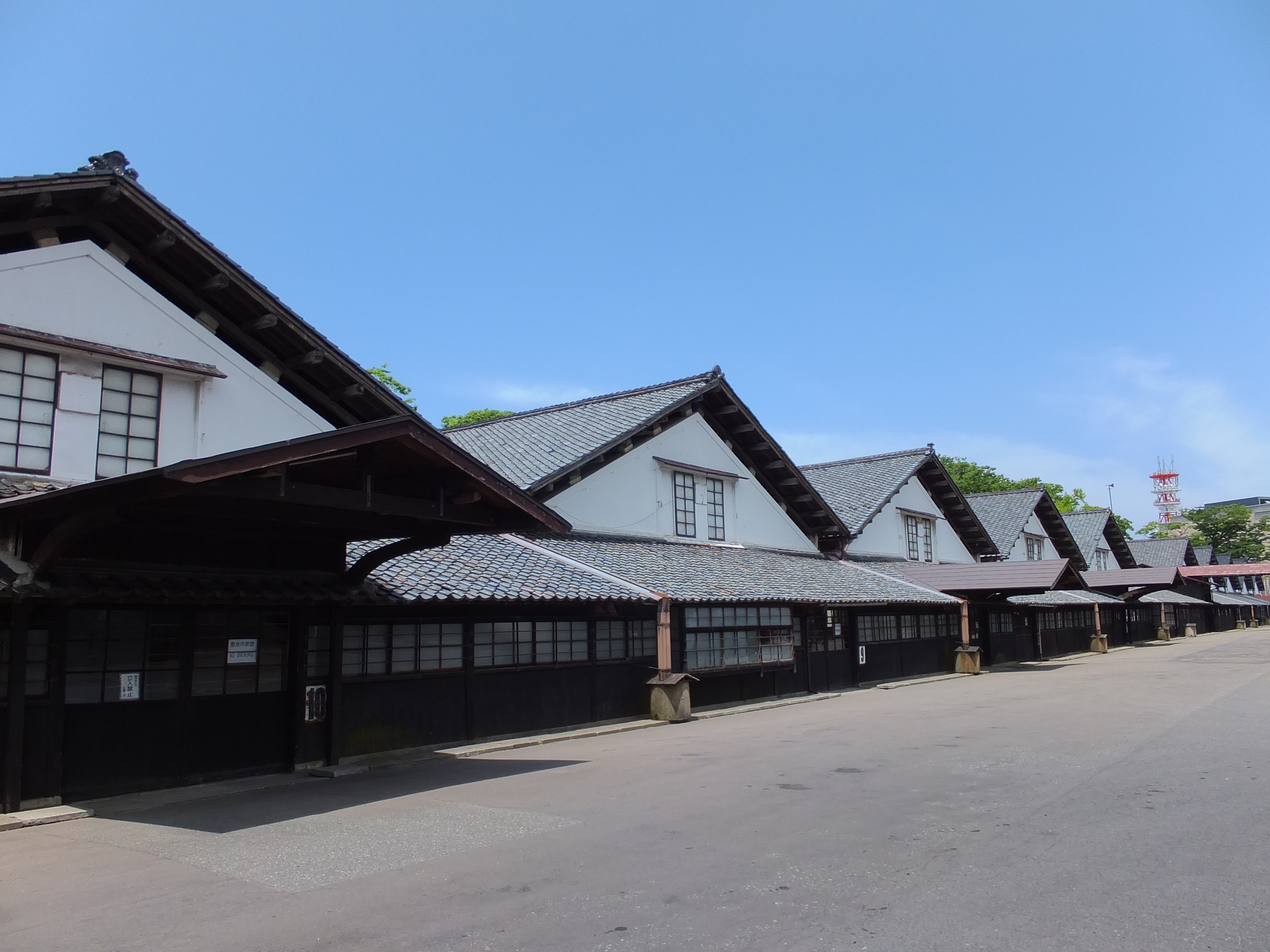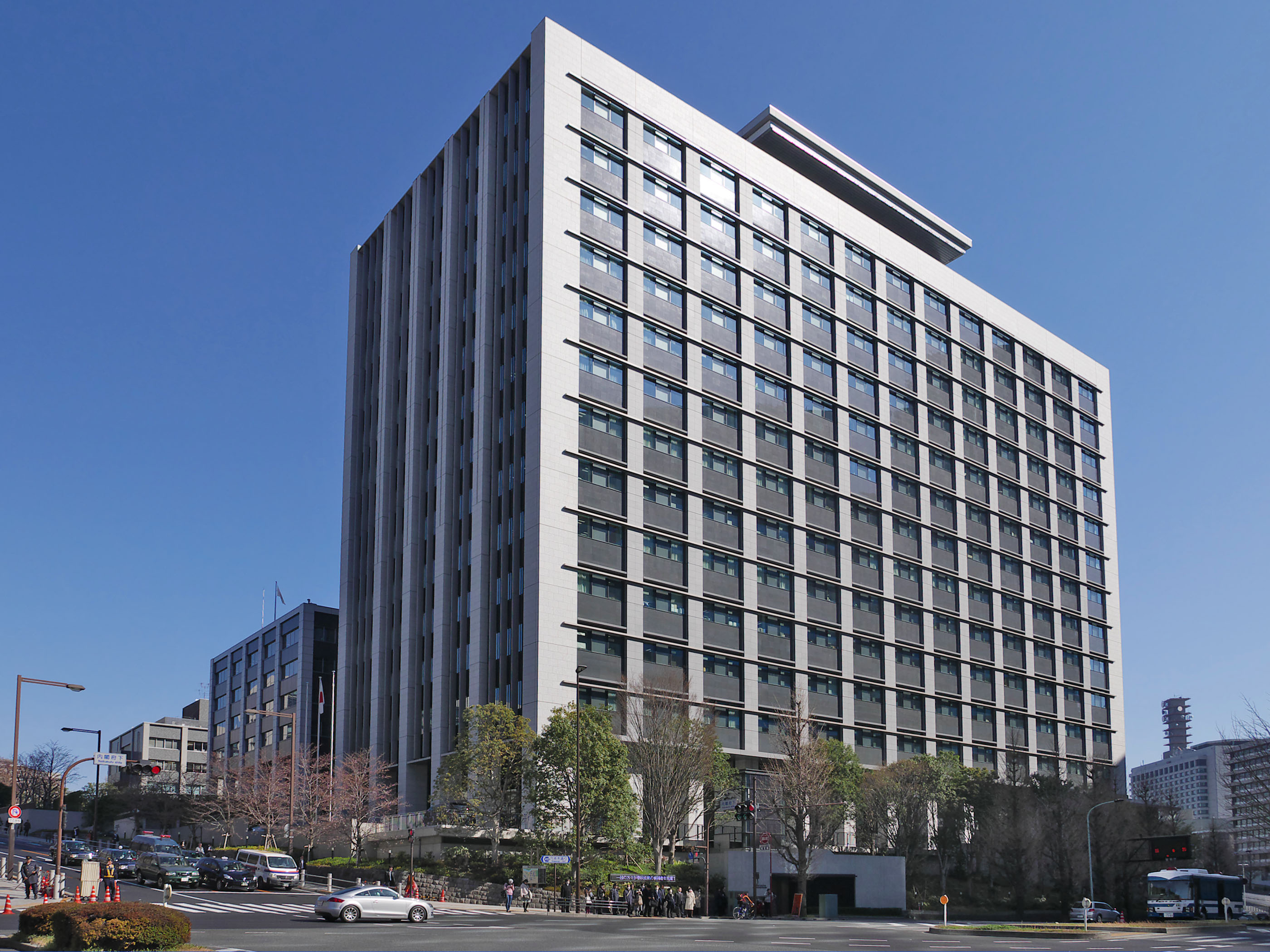|
Dewazakura Museum Of Art
opened in Tendō, Yamagata Prefecture, Japan in 1988. Owned and operated by the , the collection focuses on traditional Japanese and Korean arts and crafts, including ceramics, paintings, and calligraphy. The museum building dates to the Meiji period. See also * List of Cultural Properties of Japan - paintings (Yamagata) * Homma Museum of Art * Yamagata Museum of Art opened in Yamagata, Yamagata Prefecture, Japan, in 1964. The Museum's annex opened in 1968. In 1985 the new three-story main building opened; the annex was renovated the following year. The collection includes works by Manet, Monet, Renoir, ... * Hakutsuru Fine Art Museum References External links *Dewazakura Museum of Art Tendō, Yamagata Museums in Yamagata Prefecture Art museums and galleries in Japan Museums established in 1988 1988 establishments in Japan {{Japan-museum-stub ... [...More Info...] [...Related Items...] OR: [Wikipedia] [Google] [Baidu] |
Tendō, Yamagata
is a Cities of Japan, city located in Yamagata Prefecture, Japan. , the city had an estimated population of 61,947 in 22392 households, and a population density of 550 persons per km2. The total area of the city is . Geography Tendō is located in the east-central portion of the Yamagata Basin, bordered by the Ōu Mountains to the east. Neighboring municipalities *Yamagata Prefecture **Yamagata, Yamagata, Yamagata **Higashine, Yamagata, Higashine **Sagae, Yamagata, Sagae **Nakayama, Yamagata, Nakayama **Kahoku, Yamagata, Kahoku Climate Tendō has a Humid continental climate (Köppen climate classification ''Cfa'') with large seasonal temperature differences, with warm to hot (and often humid) summers and cold (sometimes severely cold) winters. Precipitation is significant throughout the year, but is heaviest from August to October. The average annual temperature in Tendō is 11.1 °C. The average annual rainfall is 1381 mm with September as the wettest month. The temp ... [...More Info...] [...Related Items...] OR: [Wikipedia] [Google] [Baidu] |
Yamagata Prefecture
is a prefecture of Japan located in the Tōhoku region of Honshu. Yamagata Prefecture has a population of 1,079,950 (1 June 2019) and has a geographic area of 9,325 km² (3,600 sq mi). Yamagata Prefecture borders Akita Prefecture to the north, Miyagi Prefecture to the east, Fukushima Prefecture to the south, and Niigata Prefecture to the southwest. Yamagata is the capital and largest city of Yamagata Prefecture, with other major cities including Tsuruoka, Sakata, and Yonezawa. Yamagata Prefecture is located on Japan's western Sea of Japan coast and its borders with neighboring prefectures are formed by various mountain ranges, with 17% of its total land area being designated as Natural Parks. Yamagata Prefecture formed the southern half of the historic Dewa Province with Akita Prefecture and is home to the Three Mountains of Dewa, which includes the Haguro Five-story Pagoda, a recognised National Treasure of Japan. History The aboriginal people once inhabited the area ... [...More Info...] [...Related Items...] OR: [Wikipedia] [Google] [Baidu] |
Japan
Japan ( ja, 日本, or , and formally , ''Nihonkoku'') is an island country in East Asia. It is situated in the northwest Pacific Ocean, and is bordered on the west by the Sea of Japan, while extending from the Sea of Okhotsk in the north toward the East China Sea, Philippine Sea, and Taiwan in the south. Japan is a part of the Ring of Fire, and spans Japanese archipelago, an archipelago of List of islands of Japan, 6852 islands covering ; the five main islands are Hokkaido, Honshu (the "mainland"), Shikoku, Kyushu, and Okinawa Island, Okinawa. Tokyo is the Capital of Japan, nation's capital and largest city, followed by Yokohama, Osaka, Nagoya, Sapporo, Fukuoka, Kobe, and Kyoto. Japan is the List of countries and dependencies by population, eleventh most populous country in the world, as well as one of the List of countries and dependencies by population density, most densely populated and Urbanization by country, urbanized. About three-fourths of Geography of Japan, the c ... [...More Info...] [...Related Items...] OR: [Wikipedia] [Google] [Baidu] |
Meiji Period
The is an era of Japanese history that extended from October 23, 1868 to July 30, 1912. The Meiji era was the first half of the Empire of Japan, when the Japanese people moved from being an isolated feudal society at risk of colonization by Western powers to the new paradigm of a modern, industrialized nation state and emergent great power, influenced by Western scientific, technological, philosophical, political, legal, and aesthetic ideas. As a result of such wholesale adoption of radically different ideas, the changes to Japan were profound, and affected its social structure, internal politics, economy, military, and foreign relations. The period corresponded to the reign of Emperor Meiji. It was preceded by the Keiō era and was succeeded by the Taishō era, upon the accession of Emperor Taishō. The rapid modernization during the Meiji era was not without its opponents, as the rapid changes to society caused many disaffected traditionalists from the former samurai ... [...More Info...] [...Related Items...] OR: [Wikipedia] [Google] [Baidu] |
Cabinet Office (Japan)
The (CAO) is an agency of the Cabinet of Japan. It is responsible for handling the day-to-day affairs of the Cabinet. The Cabinet Office is formally headed by the Prime Minister. Ministers History The Cabinet Office was established on 6 January 2001, following the reorganization of the central government. It was created to assist in the planning and overall coordination of government policies led by the Cabinet (including the Cabinet Secretariat). The Cabinet Office is different from other ministries and agencies, as it is installed in the Cabinet and includes several Ministers of State called Minister of State for Special Missions. Early on, some argued it was inappropriate to use the name Cabinet Office because "it is an organization that divides and manages administrative affairs and not the cabinet itself". The National Administrative Organization Law does not apply, and all necessary items are stipulated in the Cabinet Office Establishment Law. Since many important ... [...More Info...] [...Related Items...] OR: [Wikipedia] [Google] [Baidu] |
List Of Cultural Properties Of Japan - Paintings (Yamagata)
This list is of the Cultural Properties of Japan designated in the category of for the Prefectures of Japan, Prefecture of Yamagata Prefecture, Yamagata. National Cultural Properties As of 1 July 2019, eight properties have been designated Important Cultural Properties of Japan, Important Cultural Properties (including one *National Treasures of Japan, National Treasure), being of national Values (heritage), significance. Prefectural Cultural Properties As of 2 November 2018, seventy-seven properties have been Cultural Properties of Japan, designated at a prefectural level. Municipal Cultural Properties Properties Cultural Properties of Japan, designated at a municipal level include: See also * Cultural Properties of Japan * List of National Treasures of Japan (paintings) * Japanese painting * List of Historic Sites of Japan (Yamagata) References External links *Cultural Properties in Yamagata Prefecture {{DEFAULTSORT:Cultural Properties of Japan - Paintings ( ... [...More Info...] [...Related Items...] OR: [Wikipedia] [Google] [Baidu] |
Homma Museum Of Art
opened in Sakata, Yamagata Prefecture, Japan, in 1947. Setting The residence was built in 1813 by the fourth head of the , Junji Homma, who was a noted collector of Japanese swords and chairman of the Nihon Bijutsu Token Hozon Kyokai. The Homma family was one of the great merchant houses of Sakata during the Edo Period, growing rich on the ''kitamaebune'' coastal trade and by moneylending. During the Meiji period, they were one of then largest landowners in the Tohoku region of Japan. The Seienkaku villa was built as a secondary residence and guest house. Visitors include members of the Sakai and Uesugi clans, former ''daimyō'' of the Shōnai and Yonezawa Domains, as well as in 1925 the future Shōwa emperor. A second story was added to the wooden building in 1908 in advance of a planned visit by the future Taishō emperor. It was opened as an art museum from 1947, and a modern annex was added in 1968. Collection The collection of some 2,500 objects includes a Kamakura ... [...More Info...] [...Related Items...] OR: [Wikipedia] [Google] [Baidu] |
Yamagata Museum Of Art
opened in Yamagata, Yamagata Prefecture, Japan, in 1964. The Museum's annex opened in 1968. In 1985 the new three-story main building opened; the annex was renovated the following year. The collection includes works by Manet, Monet, Renoir, Cézanne, and Takahashi Yuichi, as well as Yosa Buson's six-panel byōbu of 1779, ''Oku no Hosomichi'' ( Important Cultural Property). Many of these Impressionist works are from the collection of , deposited at the Museum. See also * Yamagata Prefectural Museum * Homma Museum of Art * List of Cultural Properties of Japan - paintings (Yamagata) This list is of the Cultural Properties of Japan designated in the category of for the Prefectures of Japan, Prefecture of Yamagata Prefecture, Yamagata. National Cultural Properties As of 1 July 2019, eight properties have been designated Impo ... References External links *Yamagata Museum of Art**Yamagata Museum of Art*Yoshino Gypsum Art Foundation - Collection Museums in Yamagata Pr ... [...More Info...] [...Related Items...] OR: [Wikipedia] [Google] [Baidu] |
Hakutsuru Fine Art Museum
opened in 1934 in Kobe, Hyōgo Prefecture, Japan to display the collection of Kanō Jihei, seventh head of the . As such it was one of the first private museums in Japan. The collection of some 1450 items includes two National Treasures and twenty-two Important Cultural Properties. Collection The collection includes Chinese bronzes; Chinese ceramics; silverware, mirrors, and jewelry; writings; and paintings. The two National Treasures in the collection are two Nara-period scrolls from the ''Sutra of the Wise and Foolish'' attributed to Emperor Shōmu and seventy-one scrolls of the Nara to Edo periods of the ''Instruction manual on the Nirvana Sutra''. There is also a gold necklace with jadeite magatama dating to the Kofun period (ICP). Buildings The reinforced concrete Honkan (main building) with copper-tiled roof, earthen storeroom, and office building, all dating to 1934, and chashitsu or tea house of 1929 are Registered Tangible Cultural Properties. A new wing was opened ... [...More Info...] [...Related Items...] OR: [Wikipedia] [Google] [Baidu] |
Museums In Yamagata Prefecture
A museum ( ; plural museums or, rarely, musea) is a building or institution that cares for and displays a collection of artifacts and other objects of artistic, cultural, historical, or scientific importance. Many public museums make these items available for public viewing through exhibits that may be permanent or temporary. The largest museums are located in major cities throughout the world, while thousands of local museums exist in smaller cities, towns, and rural areas. Museums have varying aims, ranging from the conservation and documentation of their collection, serving researchers and specialists, to catering to the general public. The goal of serving researchers is not only scientific, but intended to serve the general public. There are many types of museums, including art museums, natural history museums, science museums, war museums, and children's museums. According to the International Council of Museums (ICOM), there are more than 55,000 museums in 202 count ... [...More Info...] [...Related Items...] OR: [Wikipedia] [Google] [Baidu] |
Art Museums And Galleries In Japan
Art is a diverse range of human activity, and resulting product, that involves creative or imaginative talent expressive of technical proficiency, beauty, emotional power, or conceptual ideas. There is no generally agreed definition of what constitutes art, and its interpretation has varied greatly throughout history and across cultures. In the Western tradition, the three classical branches of visual art are painting, sculpture, and architecture. Theatre, dance, and other performing arts, as well as literature, music, film and other media such as interactive media, are included in a broader definition of the arts. Until the 17th century, ''art'' referred to any skill or mastery and was not differentiated from crafts or sciences. In modern usage after the 17th century, where aesthetic considerations are paramount, the fine arts are separated and distinguished from acquired skills in general, such as the decorative or applied arts. The nature of art and related concepts, ... [...More Info...] [...Related Items...] OR: [Wikipedia] [Google] [Baidu] |






